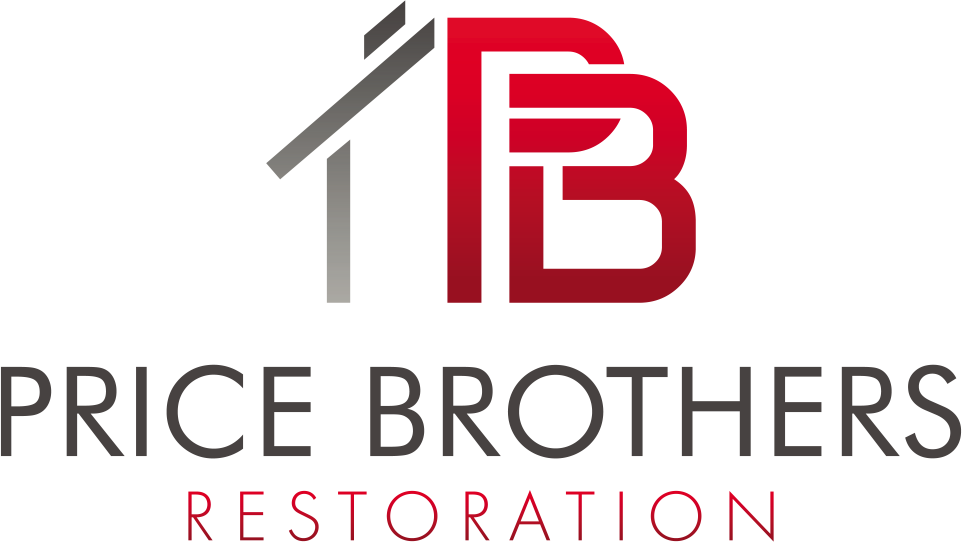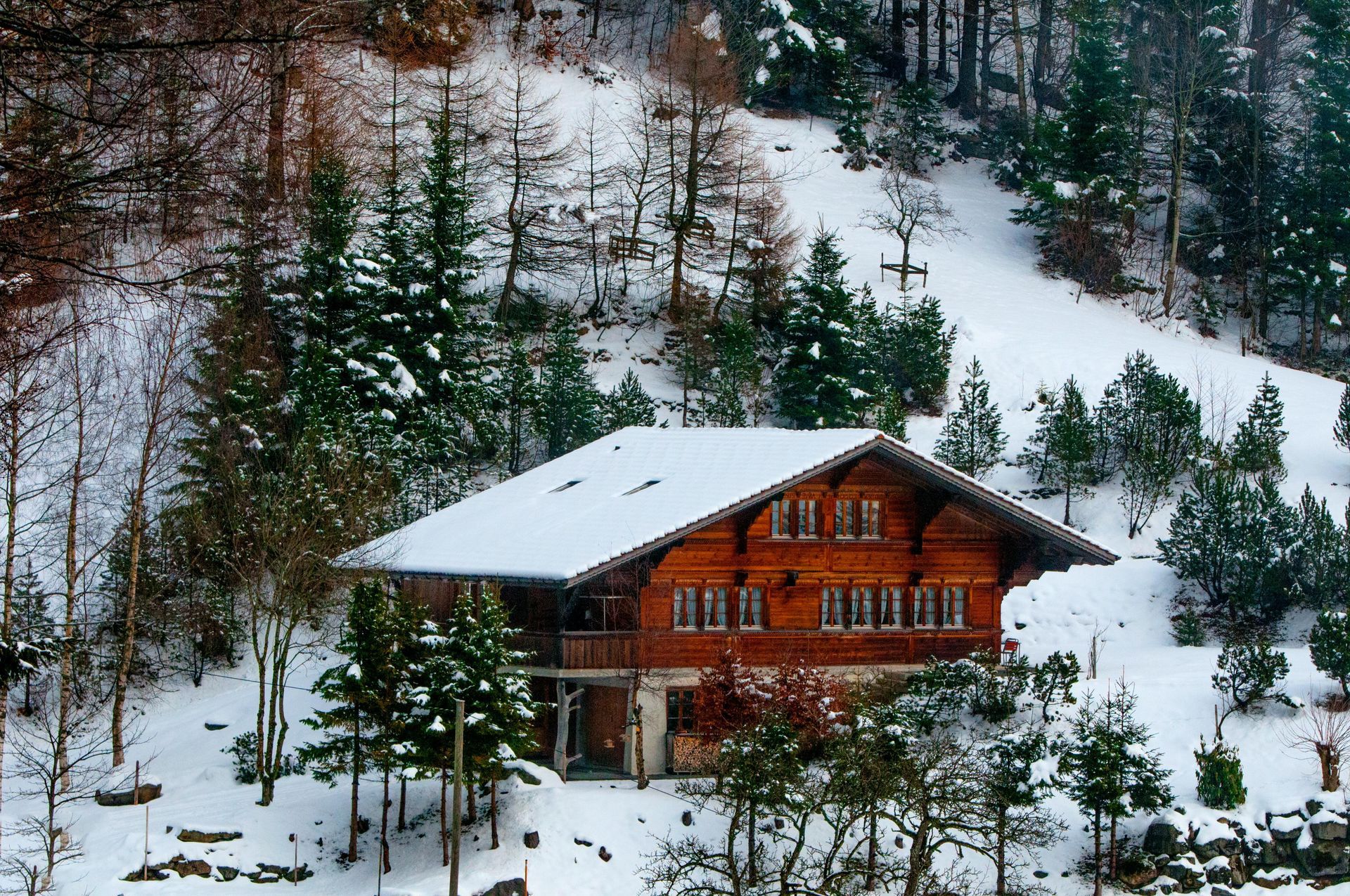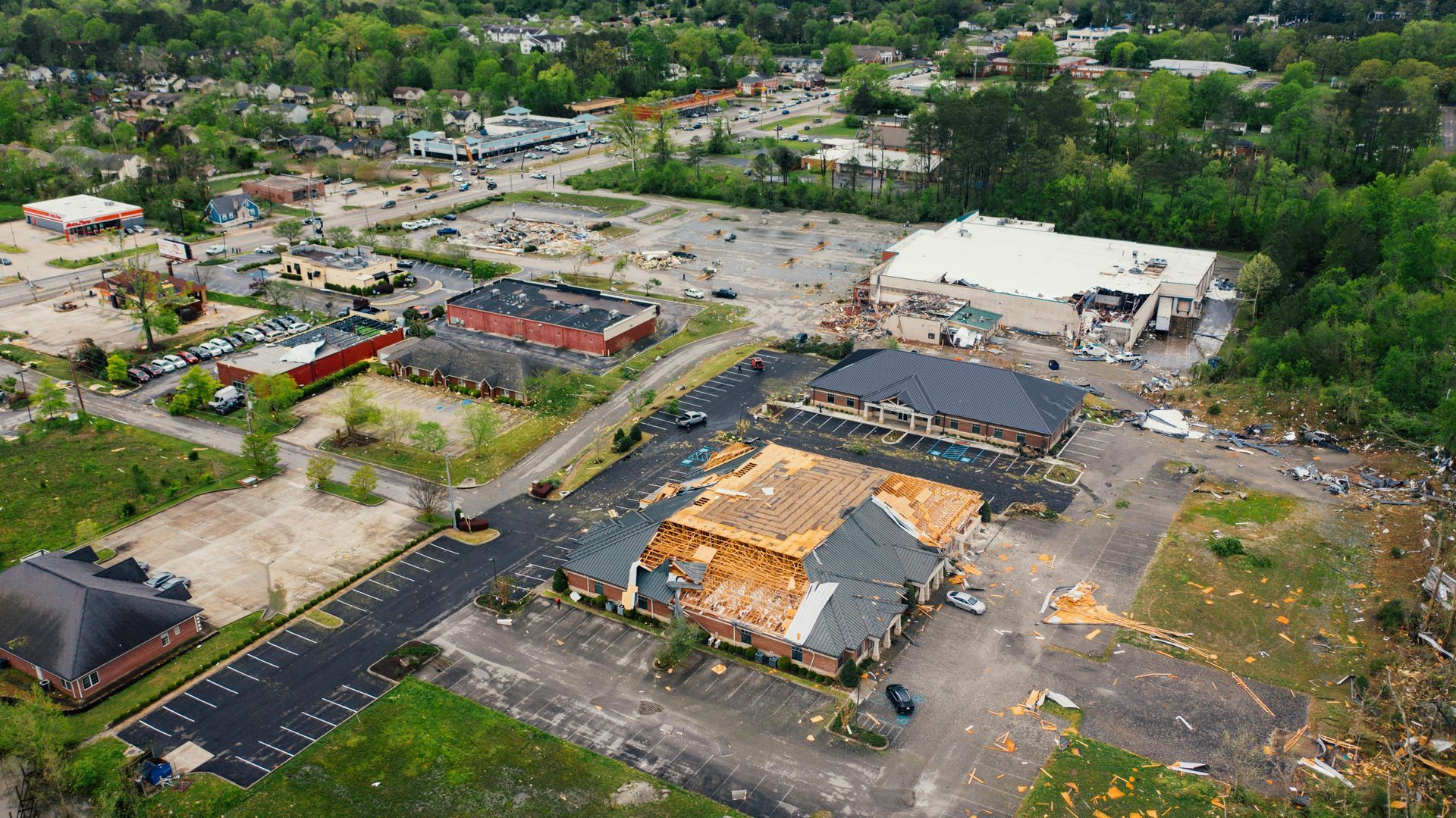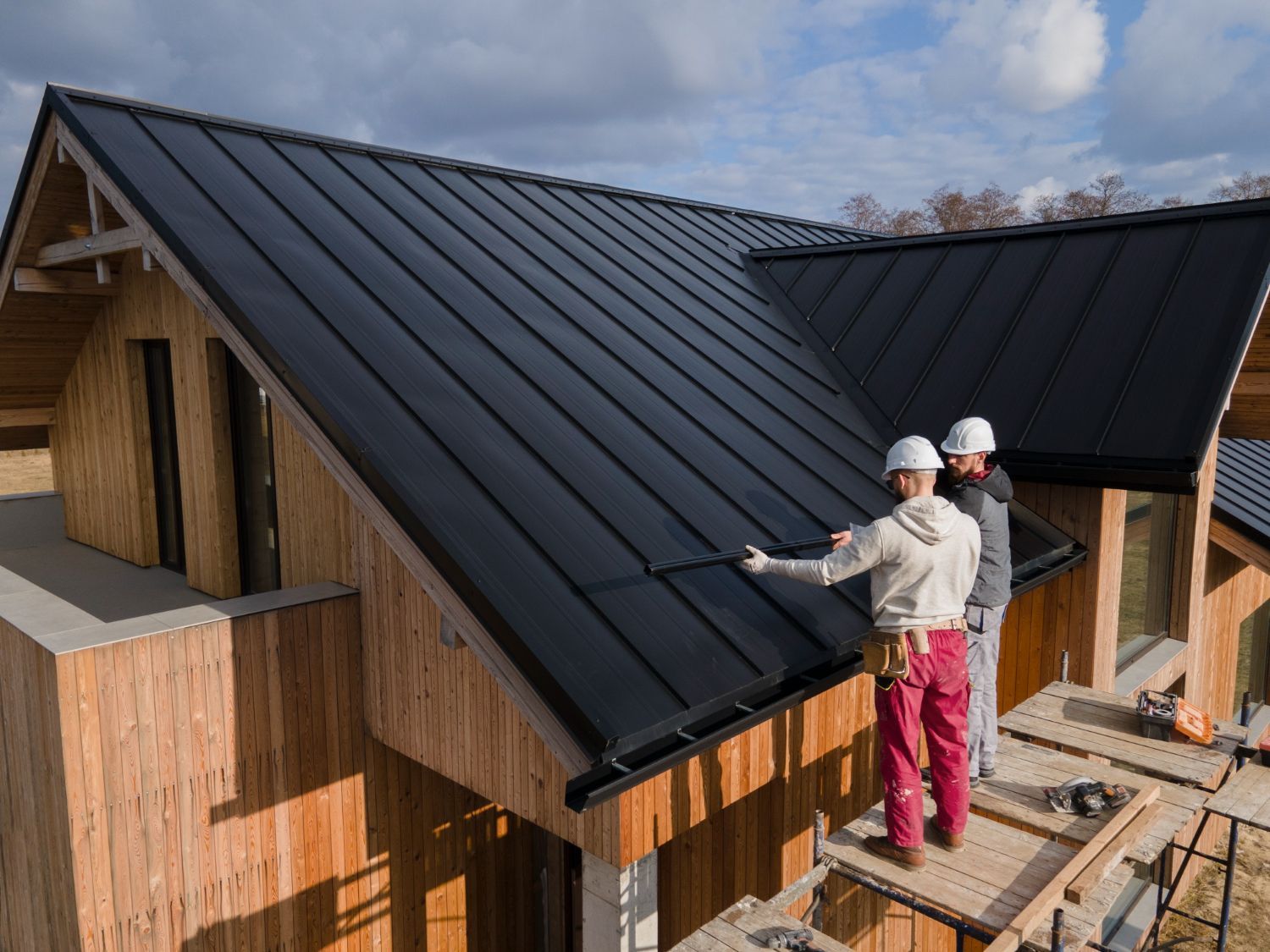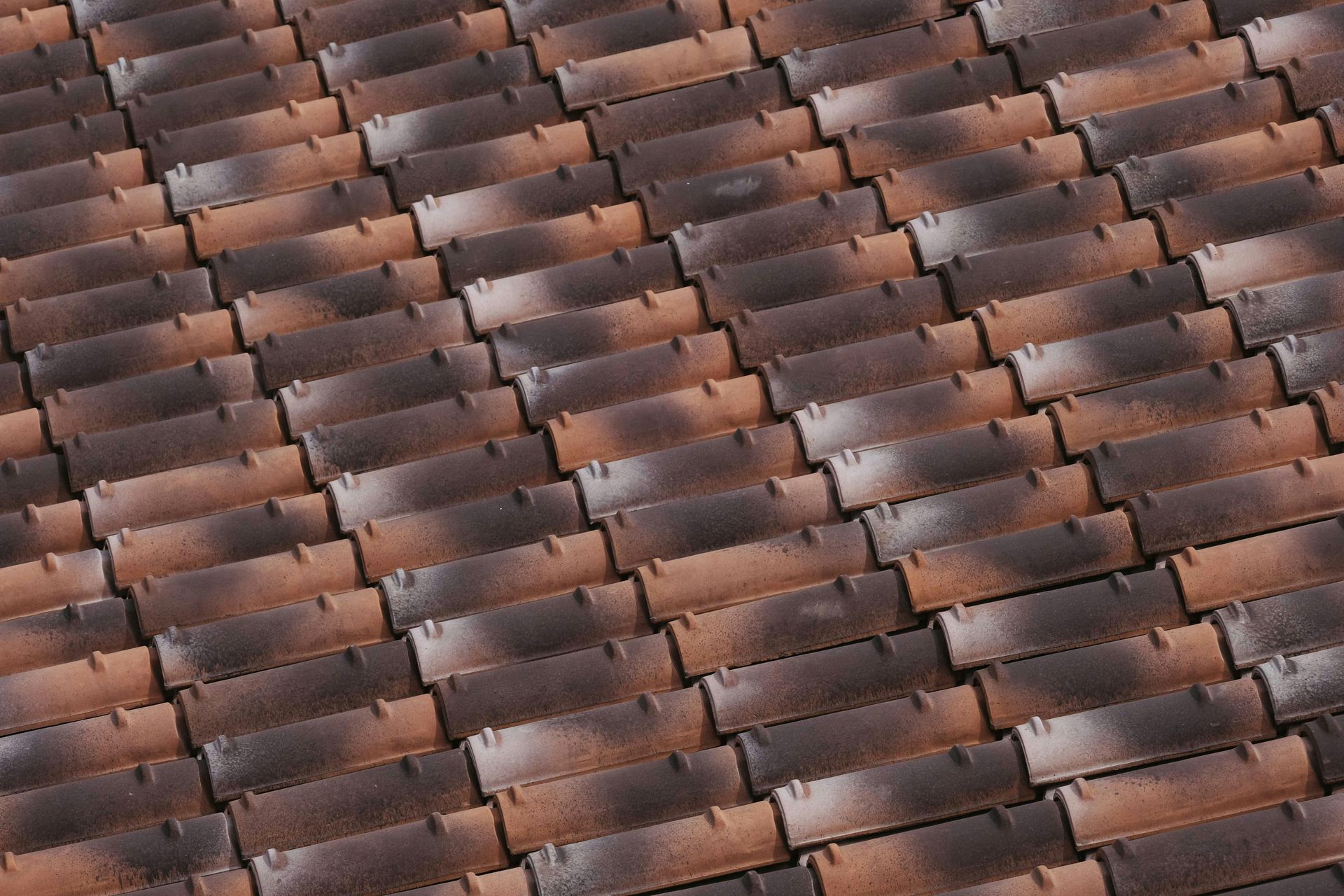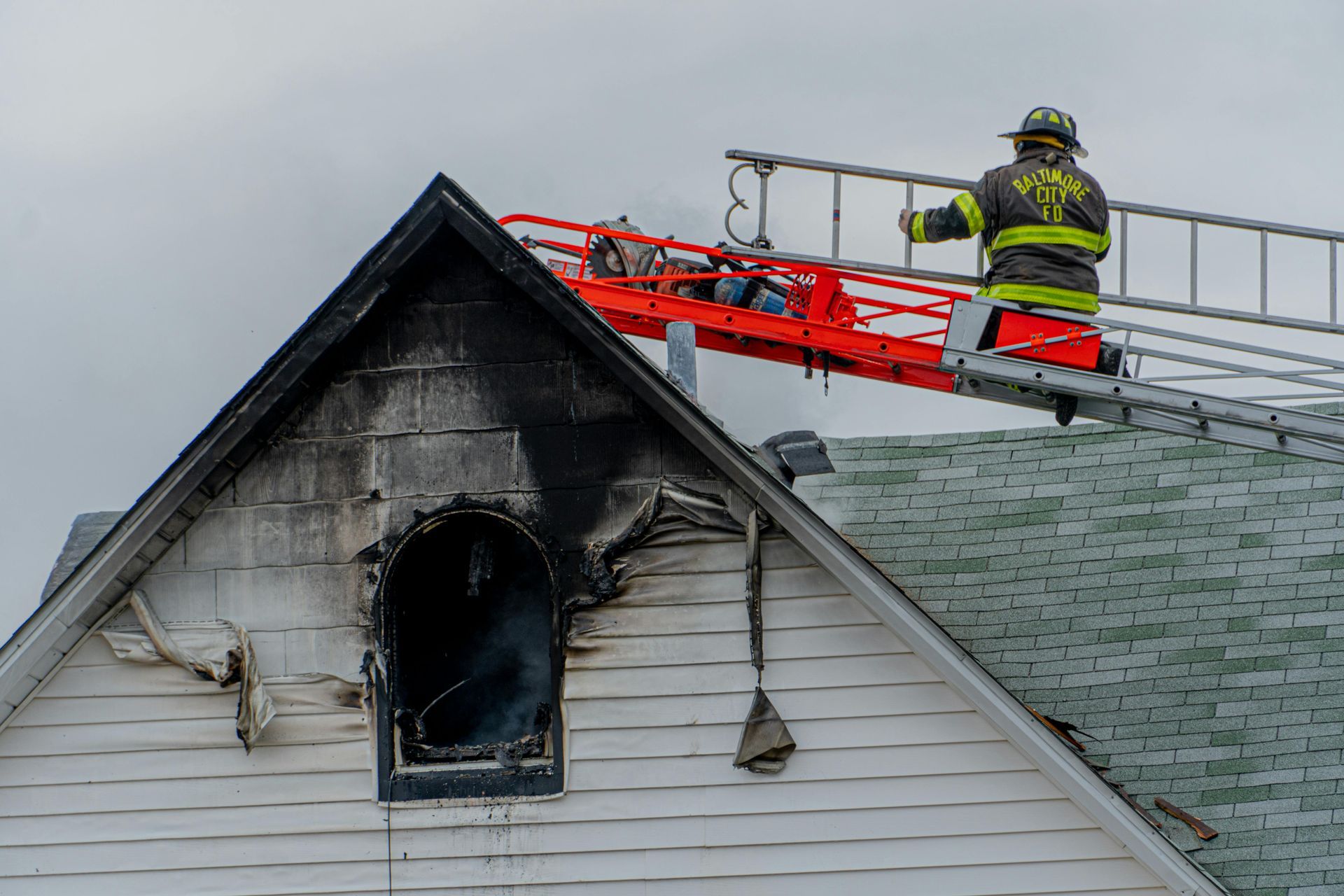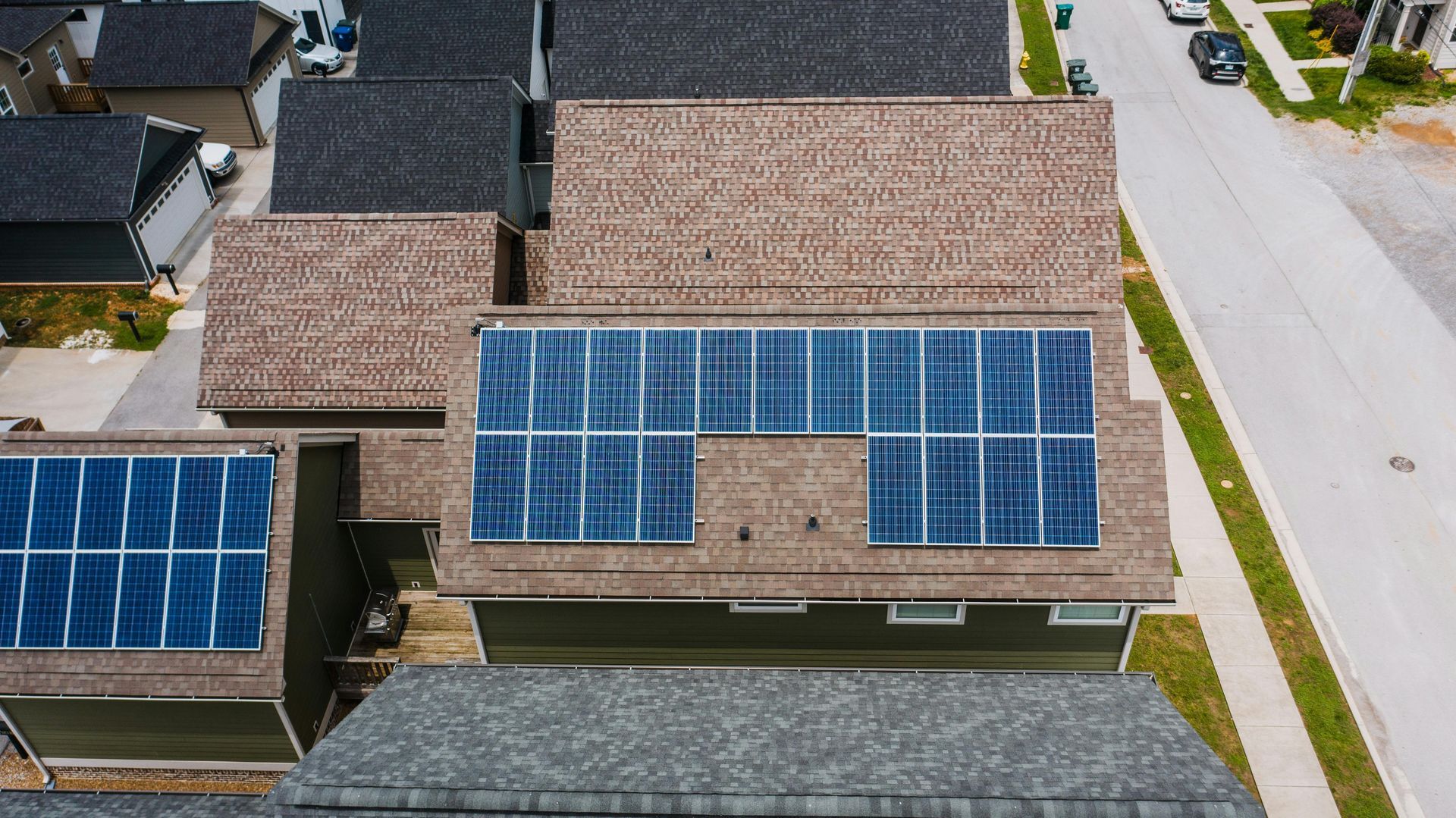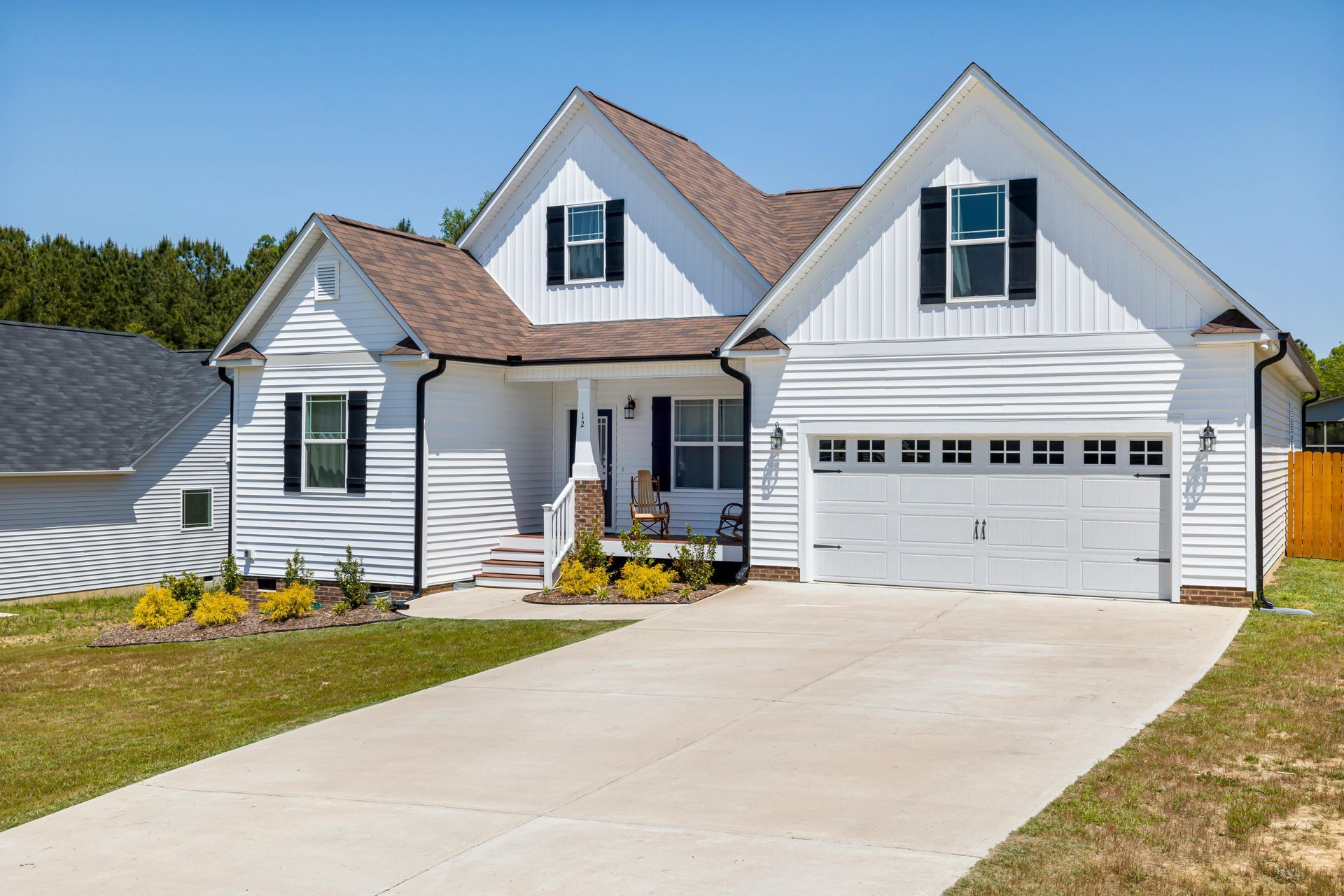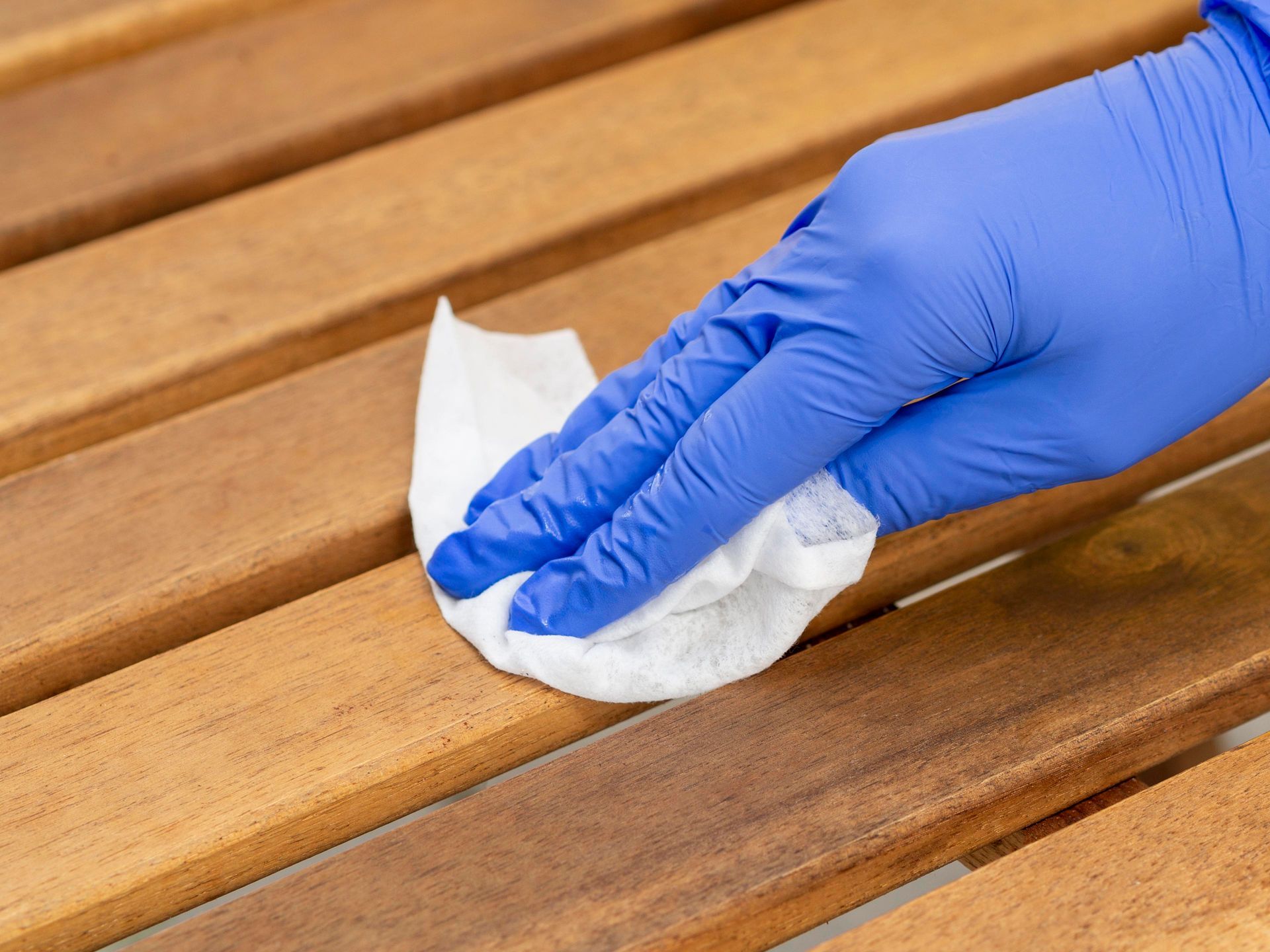What Causes Mold on Roof Shingles and What You Can Do About It
What Causes Mold on Roof Shingles and What You Can Do About It
If you’ve looked up at your roof lately and noticed dark streaks or mossy patches creeping across the shingles, you’re definitely not the only one. Mold on roof shingles is something a lot of homeowners run into—especially here in Central Ohio where humidity, rain, and shade from big old trees can work against you.
It might not seem like a big deal at first glance, but that mold is more than a cosmetic issue. It’s often a red flag that your roof is holding moisture, struggling with poor airflow, or just needs a little more attention. In this post, we’ll walk through what causes mold on roof shingles, what areas are usually hit the hardest, and what you can do to prevent it from taking hold in the future.
So, What’s Causing Mold on Your Roof?
Mold doesn’t just show up overnight. It usually builds up over time because of a few common conditions—things like trapped moisture, shade, and debris buildup. Let’s take a closer look.
1. Moisture That Lingers Too Long
When rain or snow sits on your roof longer than it should—especially without good airflow to help dry things out—it creates the perfect environment for mold. This is especially true if your attic is poorly ventilated and warm air can’t escape.
2. Not Enough Sunlight
Mold and algae love shady spots. If parts of your roof are blocked by trees or always face away from the sun (like the north-facing side), they’re more likely to stay damp longer. That trapped moisture gives mold exactly what it needs to grow.
3. Organic Gunk Like Leaves and Debris
Fallen leaves, twigs, and dirt can pile up in roof valleys or clog your gutters. That buildup holds onto moisture and eventually breaks down, creating a food source for mold and algae. If you’ve got trees near your roofline, this is especially common.
4. Algae and Lichen Making Things Worse
Those dark streaks you sometimes see on shingles? That’s usually algae—specifically Gloeocapsa magma. While algae alone doesn’t cause major damage, it holds moisture on your shingles and makes it easier for mold and lichen to move in.
5. Poor Roof Ventilation
When warm, moist air gets trapped in the attic, it can cause condensation to form underneath your roof decking. Over time, this contributes to rot, mold growth, and other issues that weaken the structure of your roof.
Where Mold Tends to Show Up
Not every part of your roof is equally at risk. Mold tends to grow in:
- Roof valleys (where water naturally pools)
- Shady sections under overhanging trees
- Around skylights, vents, or chimneys
- Edges where clogged gutters cause overflow
- The north side of the roof, which gets the least sun
These spots are usually cooler, damper, and more prone to organic buildup.
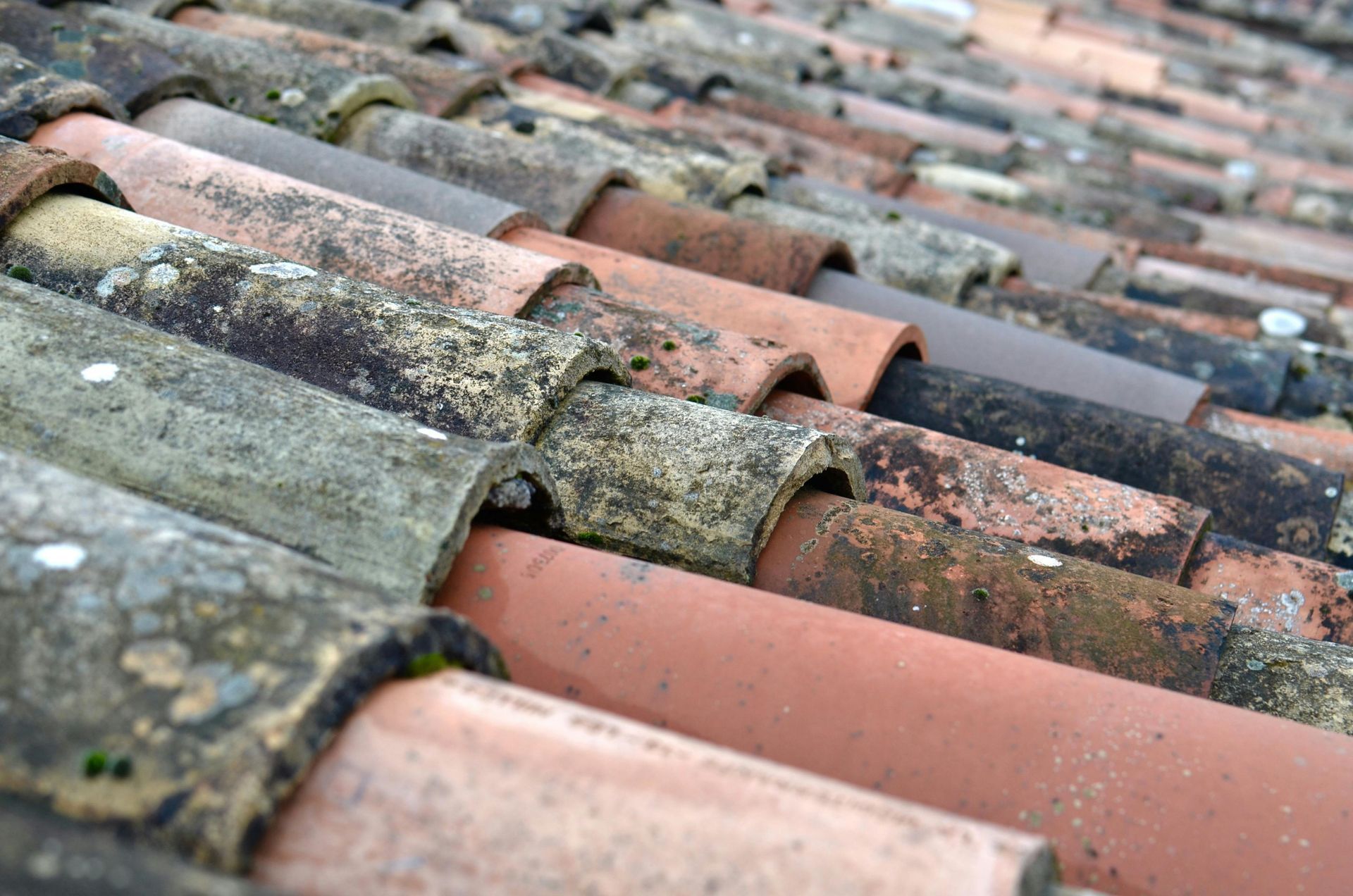
Signs Your Roof Has Mold (And It’s Not Just Dirt)
It’s easy to mistake mold for simple staining or dirt, but here are a few signs it’s something more:
- Black streaks that spread or darken over time
- Green or patchy growth that seems fuzzy or raised
- A musty smell in the attic or top floor
- Curling or discolored shingles
- Granules from shingles showing up in your gutters
If you’re unsure, don’t guess—it's worth having a professional roof inspection to confirm what you're dealing with.
Why You Don’t Want to Ignore Mold on the Roof
Letting mold grow unchecked can cause more trouble than you might expect:
- It wears down shingles and leads to early roof failure
- Moisture can seep under the surface and cause structural damage
- Mold spores can spread into your attic or HVAC system
- It lowers your home’s curb appeal and resale value
- Some insurance policies won’t cover mold-related damage caused by lack of maintenance
How to Keep Mold Off Your Roof (Before It Becomes a Problem)
The best defense against roof mold is simple, routine care. Here’s what we recommend:
Keep Airflow Moving
Make sure your attic has proper ventilation—ridge vents, soffit vents, or even attic fans can go a long way toward keeping moisture levels down.
Clean Off Debris
After storms or during fall, it’s a good idea to remove leaves and other debris from your roof and gutters. This keeps organic buildup from turning into a mold buffet.
Trim Back Overhanging Trees
More sunlight means a drier roof. Trimming back limbs that shade your roof not only helps reduce mold but also prevents branches from falling and causing damage.
Choose Mold-Resistant Shingles
If your roof is due for an upgrade, consider algae-resistant shingles with copper or zinc granules—they help prevent mold and algae from gaining a foothold.
Don’t Skip Inspections
A yearly roof check from a local professional helps you spot small issues before they become big, expensive problems. Early detection can save you thousands.
Not a DIY Job? When to Bring in the Pros
Some homeowners try to pressure wash or bleach away mold, but that can actually damage your shingles or push water under the surface where it does more harm than good. If the mold has spread or you’re not sure how deep the issue goes, it’s best to call in a team that knows how to handle it properly.
At Price Brothers Restoration, we’ve seen all kinds of mold and moisture issues on Central Ohio roofs—and we know how to fix them. Whether it’s a small patch or a roof that needs more intensive repair, we’ll walk you through your options and get it taken care of.
What We Can Help With:
- Roof inspections and moisture assessments
- Shingle repair or
full roof replacement
- Mold, moss, and algae removal
- Gutter installation and protection
- Roof ventilation upgrades
Common Questions About Roof Mold
What causes mold on roof shingles?
It usually starts with moisture that can’t escape—whether from rain, humidity, or poor ventilation. Add in shade or organic buildup, and mold has what it needs to grow.
Can roof mold affect my health?
If mold spreads into your attic or HVAC system, it can trigger respiratory issues or worsen allergies. It’s not something to ignore.
Is mold the same as algae?
No—algae is more cosmetic and appears as dark streaks. Mold tends to be thicker and more damaging to shingles over time.
Will my insurance cover mold damage?
Possibly. If mold results from a sudden issue like a leak or storm damage, coverage might apply. But if it’s due to neglect, many policies won’t cover it.
Can I clean it off myself?
We don’t recommend it. Pressure washing or harsh chemicals can strip away your shingle’s protective coating. It’s safer (and more effective) to have a pro handle it.
If you’ve noticed mold or dark streaks on your shingles, don’t wait for it to spread.
Reach out to Price Brothers Restoration for a roof inspection and honest advice on the next steps. We’re here to help you keep your home safe, dry, and protected—one shingle at a time.
